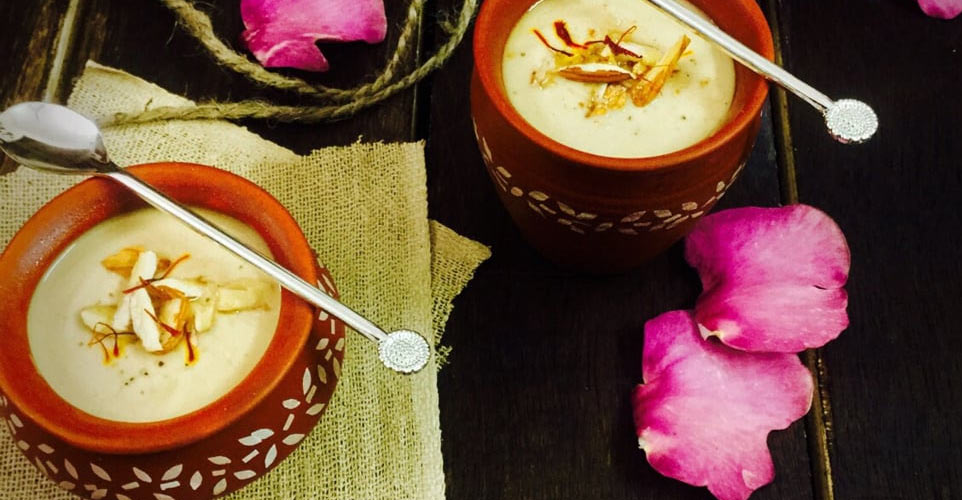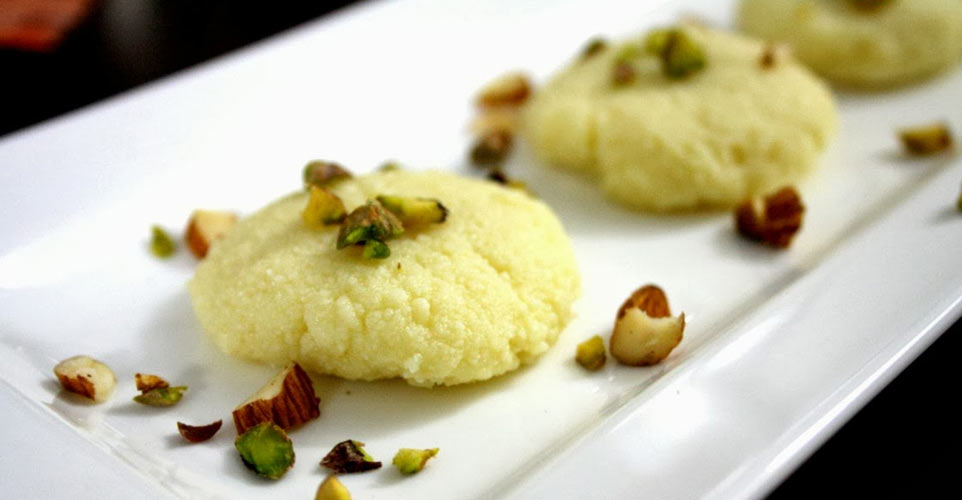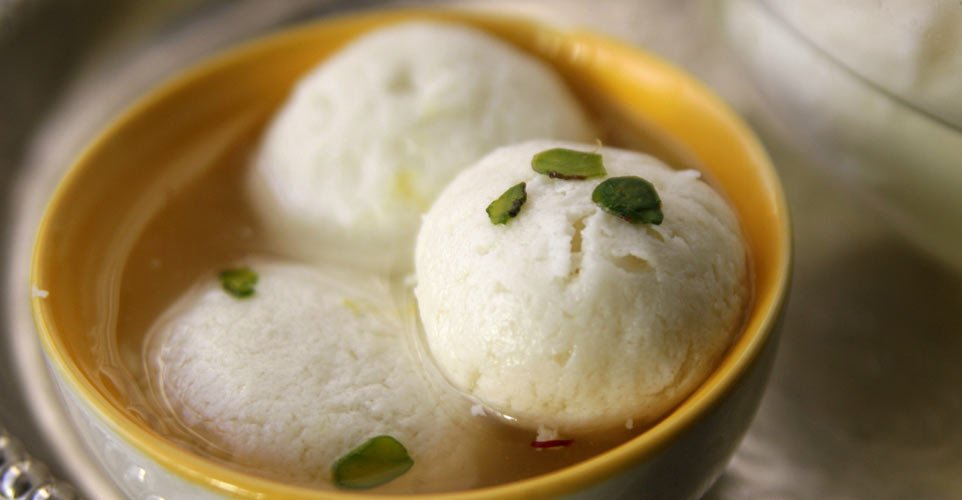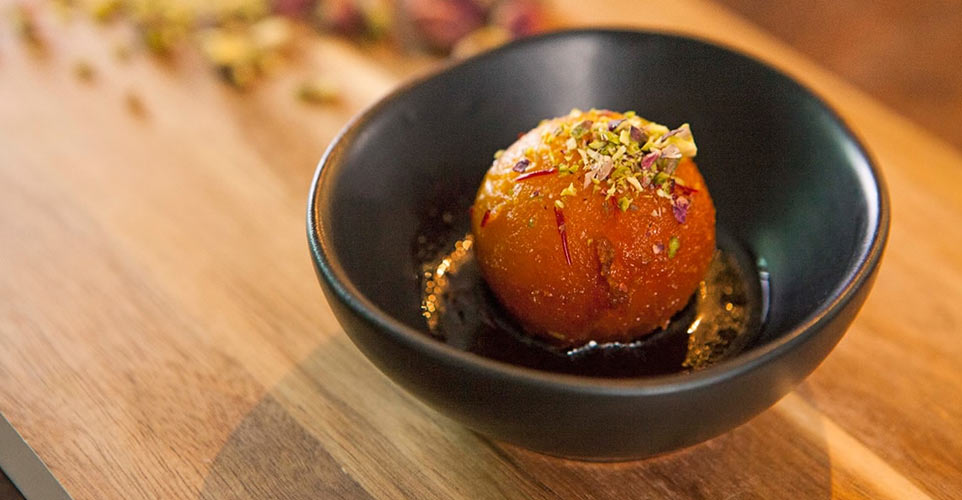Kolkata, besides being the hub of culture and the arts, is also a city where you can pamper your taste-buds, especially the sweet one...
All meals must end with sweets, says a Sanskrit proverb, and generations of Bengalis have taken it seriously. A meal in a Bengali household is considered incomplete if it does not end with a sweet delicacy. Not surprising then, that Kolkata—the capital city of West Bengal—is chock-a-block with sweet shops, some of them dating back to the Raj era.

Be it delectable Bengali sweets like rosogollas or nalen gurer sandesh from Ganguram on Amherst Street, or delicious Marwari sweets like soan papdis and khowa puris from Haldiram, or mouth-watering sondesh and dilkush from Bhim Nag on Nirmal Chandra Street, the variety on offer is endless. Old-timers swear by Dwarik Ghosh for chanar-murkis, Jalajogs for payodhi (akin to mishti-doi) Sen Mahasay in Shyambazar for tal-sansh sandesh and diya-pukur, and KC Das on Esplanade East for—what else—but rosogollas and chanar payesh.
Other Bengali sweets range from kheerkadam to pithey and pulli, chhanar jilepi to raghobshai, paesh to shor bhaja. The sweets of Bengal are generally made of sweetened cottage cheese (chhena), khoya (reduced solidified milk), or flours made of different cereals and pulses. Regional specialities include the langchas from Shaktigarh, mihidana from Barddhaman, mecha sondesh from Bankura or the jalbhara talshansh from Chandernagore districts of West Bengal.

Sweets are an intrinsic part of Bengali culture as well as literature. For instance, readers of famous Bengali writer Bibhutibhushan Bandhopadhyay may remember the lines from ‘Pather Panchali’, which Satyajit Ray later made into an epic film, about how Durga, the village girl, goes around collecting sweets from the villagers during festival time, and stuffing her sari with them, until she is admonished by her neighbour that no girl from a good family should do such a thing.
Mouth-watering variety
The most famous sweet exports of Kolkata are the unrivalled rosogollas. The sound of its name itself gets one salivating! Roso-golla literally means a ball of syrupy sweet. A rosogolla is a plump white ball made of ‘chena’, or freshly ground cheese, which is soaked in sugar syrup. It is usually eaten chilled, and spells nirvana when you do that! On a visit to Kolkata, you might discover many regional versions of the basic variety.
How is it made? Well, use cow’s milk for the cheese, draining out the excess whey from the curdled milk. Then, mash it to a buttery smoothness, before dropping the lumps into a boiling syrup. Serve it chilled.

However, you might be surprised to learn that the rosogolla is not the oldest of Bengali sweets. It is relatively new and was invented by one Nabin Chandra Das of Kolkata, who had some leftover ‘sondesh’ that he was reluctant to let go waste. Das mashed the leftovers into balls which he put in a sweetened syrup. And thus was born the most famous Bengali sweet today. Thank god for leftovers! However, a rosogolla, even if made from leftovers, has to be just perfect. It has to be spongy, yet soft, a mouthful, but not more, and should be an ideal balance of saccharine and syrup. Bengali etiquette demands that you get the proportion right, especially if the occasion is a special one. In fact, it is this association of sweets with social festivities and religious ceremonies that aided sweets to occupy an important place in the diet of Bengalis.
A pantua is similar to the rosogolla, except that the balls are fried in either oil or clarified butter until golden or deep brown, before being put in syrup.
Next comes sondesh. Made from sweetened cheese once again, but not soaked in syrup, sondesh comes in many variants and is among the more popular of Bengali sweets. The basic sondesh has been considerably enhanced by the many famous confectioners of Bengal, and now, a few hundred different varieties exist—from the simple kachagolla to the complicated abar khabo, jolbhora or indrani. My favourite to see and to savour is the sankho-sondesh, shaped like the conch-shell, which is such an inseparable part of Bengali festivities. Another variant is the korapak or hard mixture, which blends rice flour with paneer to form a shell-like dough that lasts much longer.

Mishti Doi is sweetened yogurt, mishti being the Bengali word for sweet. Varieties such as khir or firni are popular in West Bengal. Chamcham hails from Porabari in Bangladesh’s Tangail district. It’s an oval-shaped sweet, reddish brown in colour, denser than the rosogolla. Granules of dried milk are sprinkled over it.
Piţha or pithe are locally made cakes. They are usually made from rice or wheat flour and mixed with sugar, jaggery and grated coconut. Piţhas are usually enjoyed with the sweet syrup of khejurer gur (date tree molasses). They are usually fried or steamed, the most common form being bhapa piţha (steamed), pakan piţha (fried) and puli piţha (dumplings). The other common pithas are chandrapuli, gokul, pati sapta, chitai piţha, muger puli and dudh puli. Piţhas are usually a celebration of the new crop, and often associated with harvest.
Days of feasting
Although every festival has its own share of sweets, Durga Puja is the biggest Bengali festival, with its specialties. After the famous ‘bhog’, comprising rice and vegetables, one can see Bengalis gorging on the accompanying sweets, which include mishti doi (sweet curd), payesh (the rice and milk delicacy), besides the quintessential rosogollas, cham cham and raj bhog.
So, the next time you’re in Kolkata, indulge that sweet tooth!
